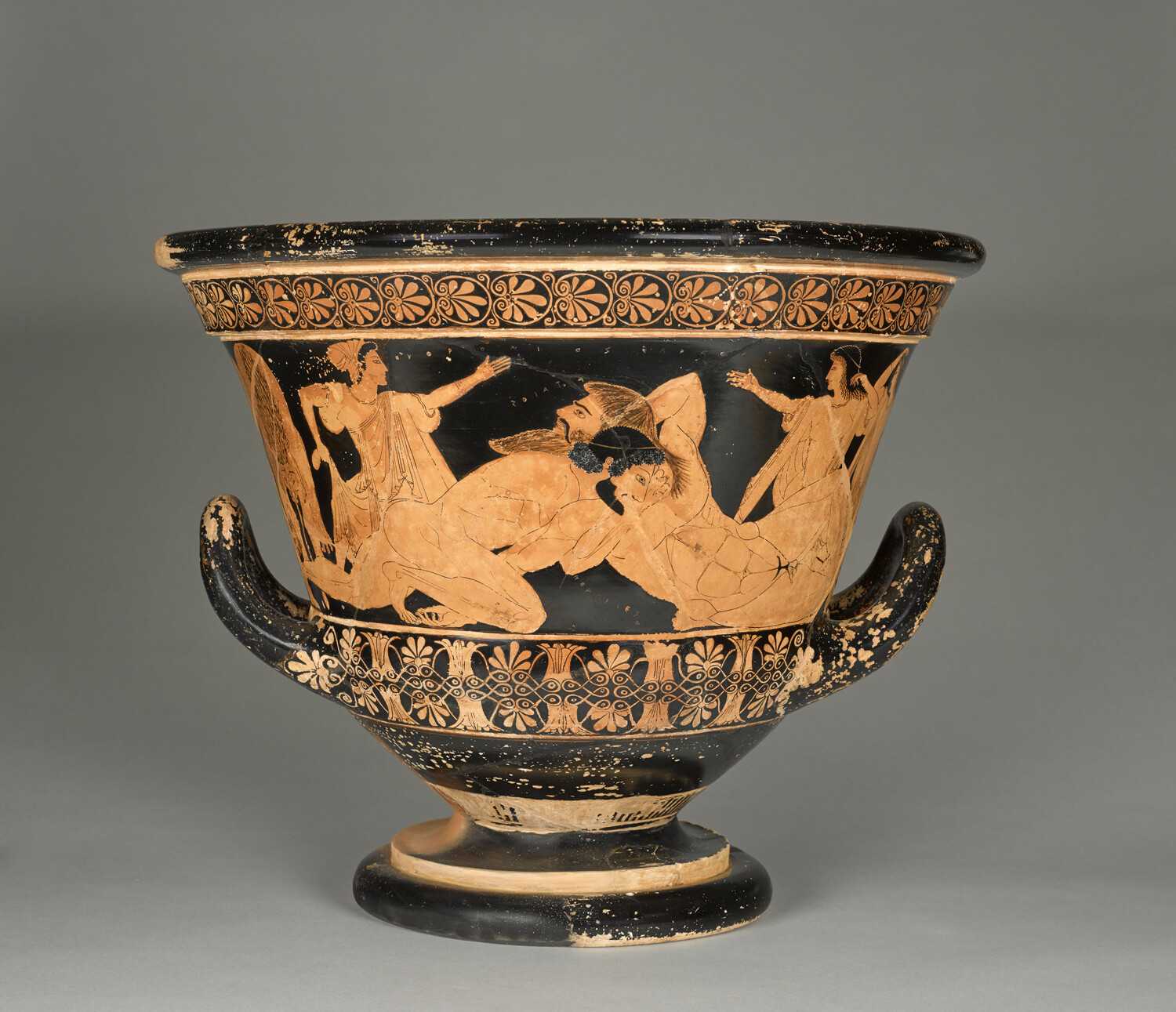As part of the programme of cultural events accompanying the 2024 Olympic and Paralympic Games in Paris, this exhibition shows how, in the name of sport, the disciplines of philology, history, art history and archaeology came together to create this global sporting event.
Visitors will discover how and in what political context the first modern Olympic Games came into being in the late 19th century, the iconographic sources on which they were based, and how the organisers set out to recreate the sporting competitions of ancient Greece.
The exhibition sheds light on the origins of the modern Games, at the initiative of Pierre de Coubertin and of a number of French and Greek luminaries, who helped create the world’s greatest and most-watched sporting event.
They were joined by Émile Gilliéron (1850–1924), a Swiss draughtsman who trained at the Beaux-Arts de Paris and frequently spent time copying masterpieces at the Louvre. After settling in Greece, he was appointed the official artist of the 1896 Olympic Games and the 1906 Mesolympics, both held in Athens. In designing the winners’ trophies, he drew inspiration from discoveries made at a number of major archaeological excavation sites where he had previously worked. Using the latest reproduction techniques of his time, he illustrated communication materials (especially postage stamps and posters) for the newly formed Greek state.
Thanks to a special loan from the Stavros Niarchos Foundation (SNF), the Louvre will exhibit the first Olympic Cup, known as ‘Bréal’s Cup’, designed by French academic Michel Bréal and created by a French silversmith for the winner of the first marathon – a race invented for the modern Olympic Games.
Now, 130 years after this inaugural event, the year 2024 also marks the centennial commemorations of the 1924 Olympic Games, the second hosted by Paris.

- Monday:
-
09:00 - 18:00
- Tuesday:
- Closed
- Wednesday:
-
09:00 - 18:00
- Thursday:
-
09:00 - 18:00
- Friday:
-
09:00 - 21:45
- Saturday:
-
09:00 - 18:00
- Sunday:
-
09:00 - 18:00




